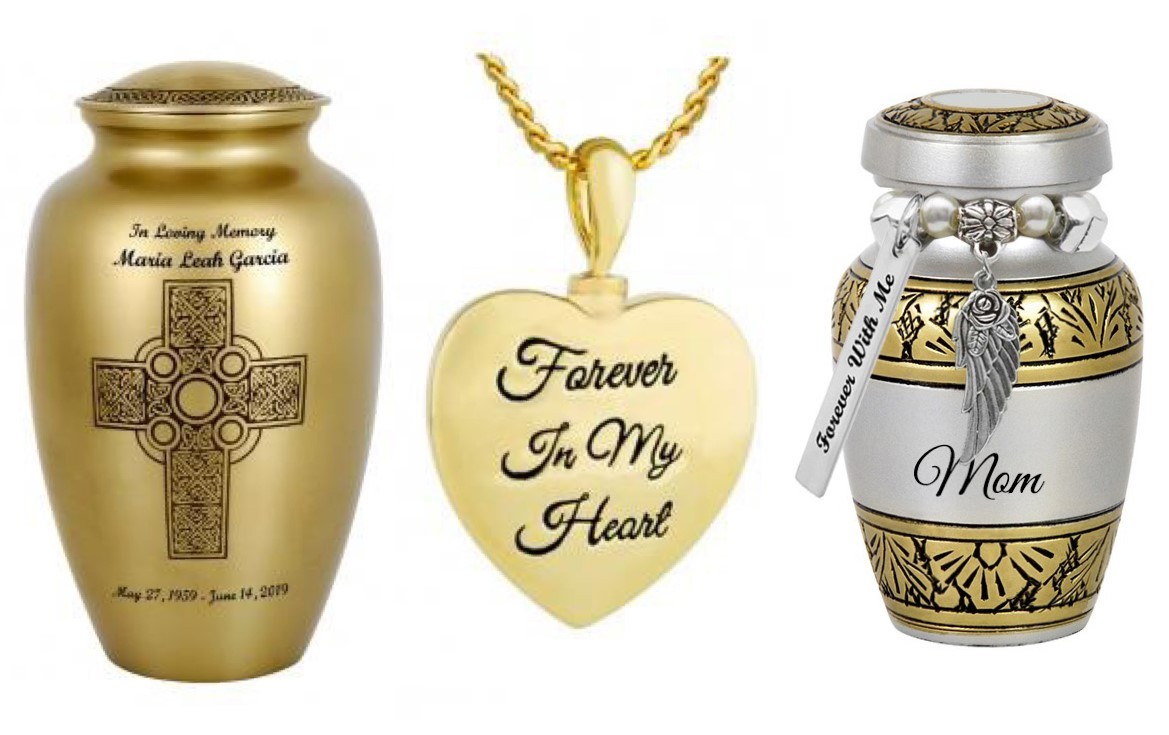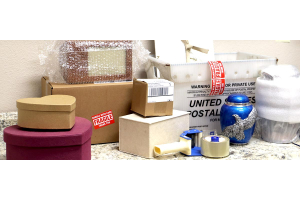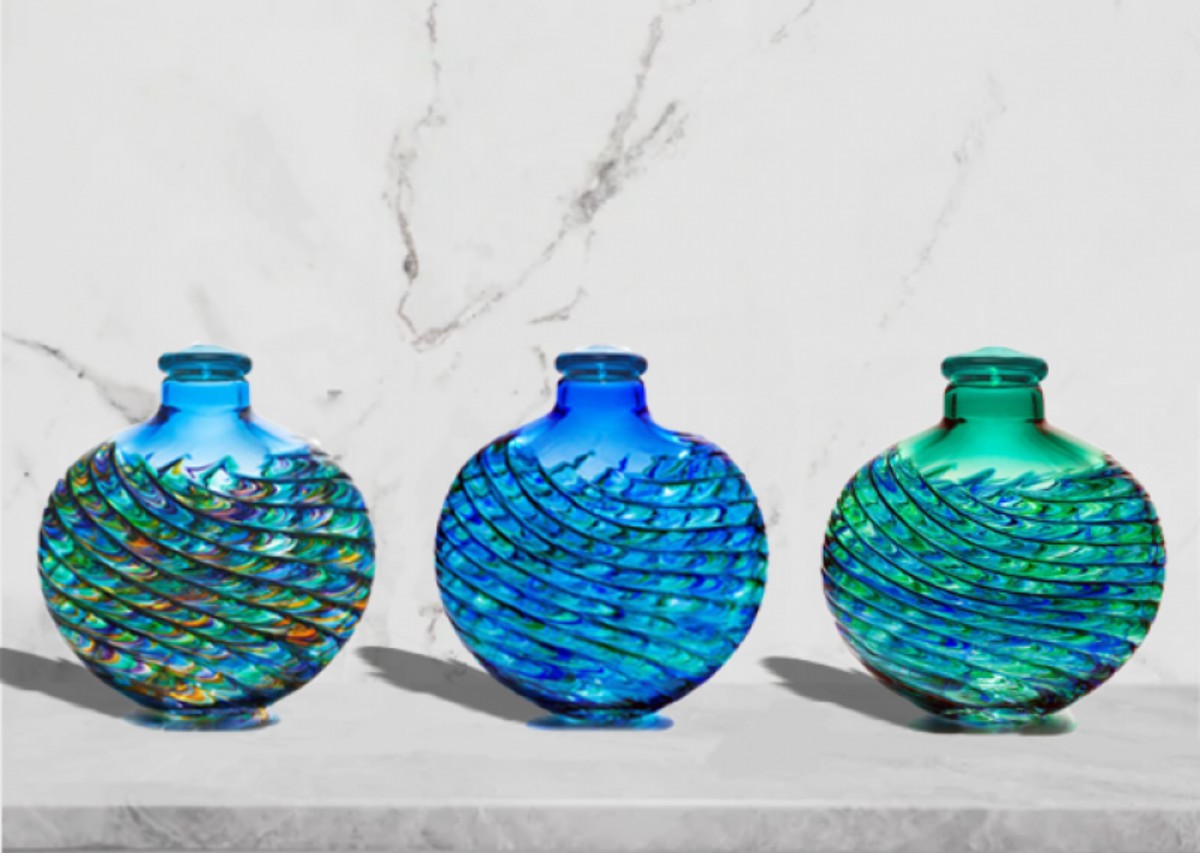
When people buy a piece of furniture or an appliance, they’re concerned about value. After all, getting a good investment is part of the process. The last thing that anyone wants is to end up with a product that doesn’t meet their needs because it isn’t the right size or demands too much upkeep. Even worse, families don’t want a cremation urn that isn’t suited to its placement and ends up wearing out or breaking down quickly.
That’s why people should start the process of urn shopping with a discussion of value. Like any other consumer product, they come in different styles. There’s a perfect choice for everyone, but that usually requires more than just a decision about appearance. With this information, families will know how to spot a good investment in a cremation urn and how to keep it in great condition once they’ve got it.
Urn Materials
When people start looking at their options for urns, they may be amazed by the variety that they encounter. Plenty of families expect an urn to be made out of metal like brass or pewter. And while this is a popular choice, there are dozens of others. Understanding the benefits and considerations for each material will help people choose one that will suit their needs the best.
Wood
There’s nothing quite like a carving or a polished box made of wood. The movement of the grain appears like waves across a smooth surface. Colors as rich as coffee or as smooth and light as cream. Wood is a particularly popular choice for urns, in large part because it can be shaped to almost any size. This material typically requires an indoor placement, since wood kept outdoors must be treated regularly to prevent withering. But with the right selection and a little care, it lasts for a very long time.
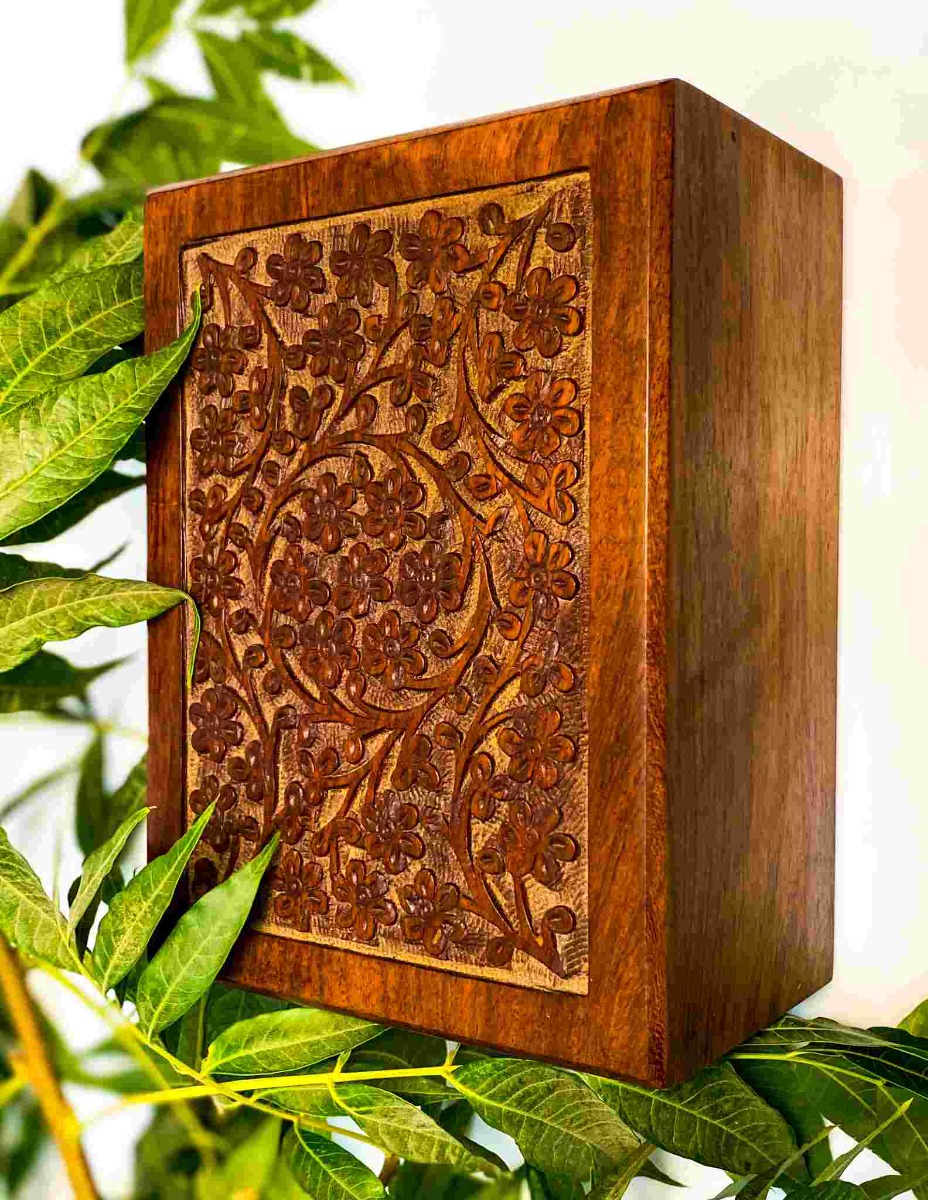
Brass
Brass may bring up fond memories of a life gone by. After all, brass is the material of music, of marches, of parades. Urns made of brass are some of the best known. This material is a mixture of copper and zinc. The result makes a metal that is both durable and unmistakable. It can show signs of wear over time, but may be appropriate for an outdoor placement. It’s also easy to shape or use in plating around another material.
Pewter
For families who want a material that is as old as the ancient world, pewter is often a good choice. This metal is mostly made of tin with a handful of other ingredients to make it harder and more durable. It was such a strong material that people used it to make boats and other types of equipment. When shaped, it takes on an air almost like tarnished silver. Someone who imagines their loved one as a beleaguered knight might choose a pewter urn as the perfect reminder of a life well-lived.
Natural Stone
Natural stone could very well last forever simply because it has already lasted forever. Natural stone urns, such as those made of marble, tend to be heavier than other materials. But that makes them ideal for an outdoor placement, particularly in areas that may sustain a lot of wind. After all, there’s a reason that headstones traditionally have been made of stone. Modern engraving techniques make it easy to take a simple block and create a design or lines with a print that will be easily visible on the surface.
Glass
Although people spend their lives surrounded by glass, it really is a most fascinating material. Made primarily of sand, the glass-making process is both breathtakingly simple and terrifyingly difficult. Gifted glassblowers can create designs with colors that seem to flash or swirl. For a person whose life was lived in full color, glass may be an excellent choice. Glass urns make a beautiful statement piece that are best kept inside, in a safe place.
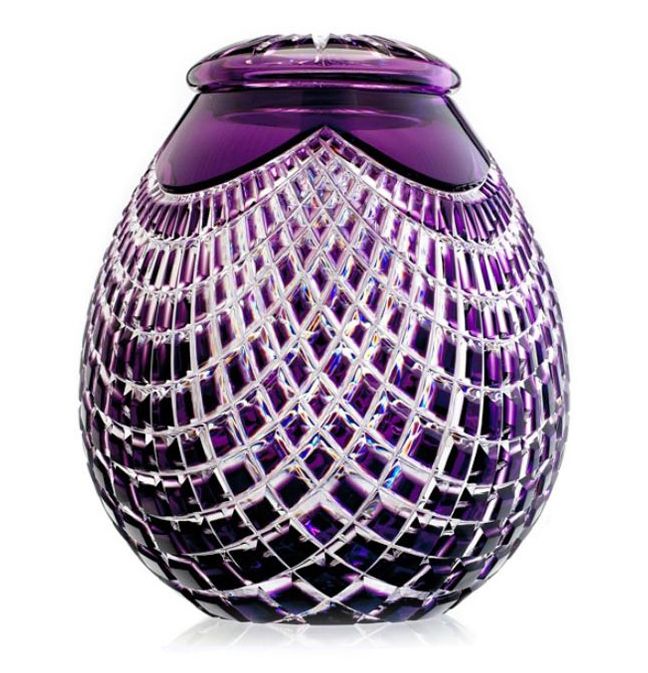
Gypsum
People might be surprised to imagine that a soft stone like gypsum could become an important component of a cremation urn. In fact, relatively recent innovations make it an ideal option. Gypsum is easy to grind into powder. This makes it an excellent material for use in a 3-D printing machine. Its dazzlingly white color provides a perfect canvas for hand painting, plating with other materials, and more. This process also makes it easy for people to get the precise design that they want, even if they can’t find it in the shop.
Ceramic
It may be hard to imagine how people thousands of years ago thought to take clay and bake it at a ridiculously high temperature. When a glaze is applied, the end result is shiny, durable and reasonably easy to clean. Ceramic is an ancient technology, but it is still in regular use today. Ceramic urns can be built in virtually any shape or size. The surface can be textured or flat, to provide the ideal painting surface. This makes the urn a conversation piece that can match any décor.
Paper
Although many urns are designed to last for many years, some were only meant to survive for a few minutes. Many people prefer to have their ashes scattered on land or water. This makes urns made of paper a viable, biodegradable option. The urn is typically just large enough to hold the ashes, usually inside a bag that is also biodegradable. The outside might be simple like a packet, or feature an ornate design and shape. The composition of the paper may make it more durable for short-term travel, or built to melt almost instantly in water.
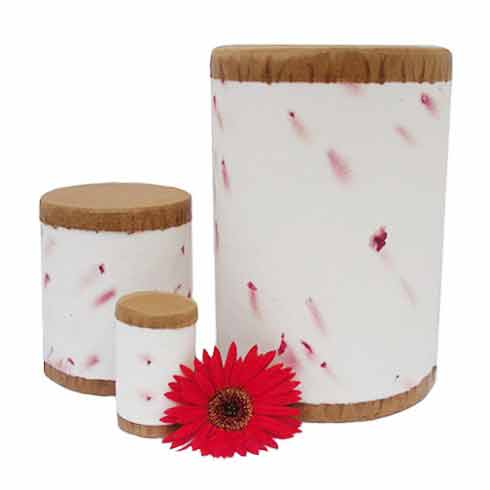
How to Choose an Urn
It’s easy to get stuck in all the different looks of an urn when making a choice. But for people to get their money’s worth, they need to make sure that they are considering all the possible aspects. Material is one of the most important points, especially as it relates to where people intend to put the urn. But its size and long-term placement also make a big difference. Keeping these factors in mind help people to ensure they’re getting the urn that will make it easier for them to achieve their goals for the remains.
Material
The choice of material starts with aesthetic preference. Simply put, how do people want the urn to look? Someone who loves a handsome, classic style may prefer something made of metal or wood. On the other hand, someone with a bright or whimsical nature might opt for urns made of ceramic or glass. Cremated remains will last for thousands of years, if they are kept together and protected. This means that people aren’t obligated to choose one urn and seal it permanently. They may want more than one, or to choose different types.
Second to the consideration of appearance is durability and longevity. Some materials, like stone, will last for centuries if given minimal care every few months. Others like wood or metal may last for decades, but will require regular cleaning. Some are fragile and likely to break or scratch, like glass or ceramic. People should consider the amount of upkeep they are willing to provide. Then they can choose the option that provides a dignified resting place as well as a maintenance burden they can bear.
Size
Although people may not think much about the size of the urn, this may be one of the most important aspects. It is relatively safe for families to assume that most urns they buy will fit the cremated remains of an adult. But the actual capacity may vary significantly. For example, urns that are meant for a child or a small adult may have a maximum capacity of 180 cubic inches. The average adult, on the other hand, will typically need 200 cubic inches. Some urns designed for larger adults are able to handle up to 240 cubic inches.
If people are planning for themselves and a spouse, it may be worth investigating companion urns or urn vaults. Companion urns tend to be larger than average, because they are designed to hold the remains of more than one person. As a general rule, they will hold 300 to 400 cubic inches. Similarly, urn vaults are large enough to hold two separate urns. Families should double-check the measurements of the urns and the vault before purchase. Some urns come in an unusual size and may not fit.
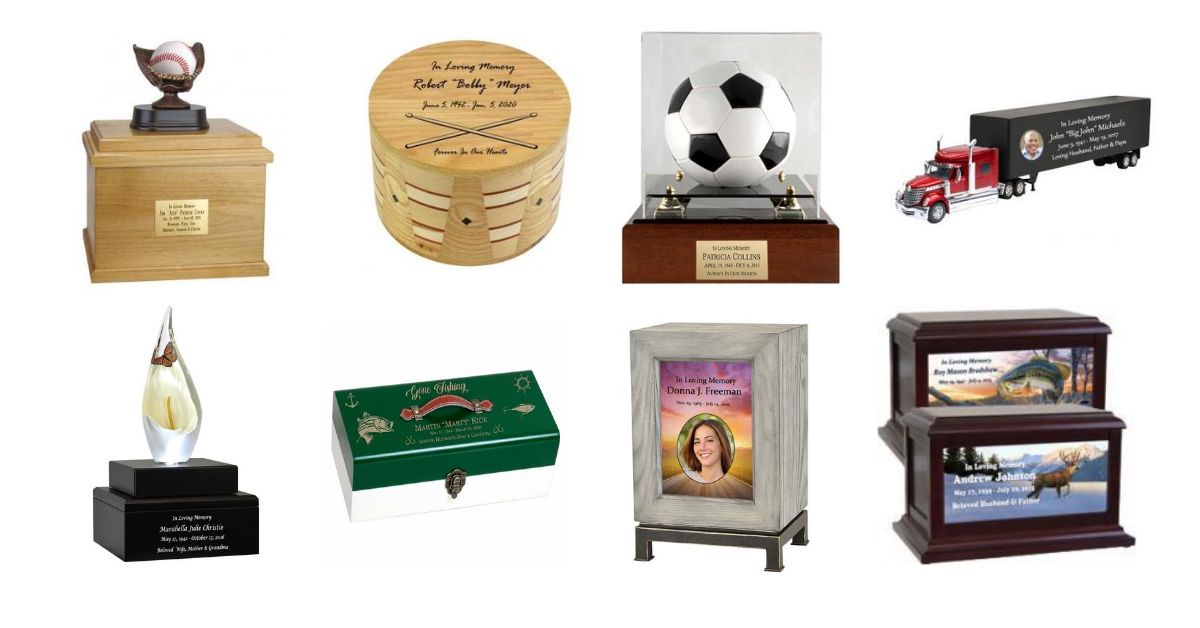
Placement
The placement of the urn will also affect which type and size people need to buy. For example, someone who wants to place an urn outside in a cemetery should choose a durable material like metal or stone. It’s important to check with the cemetery in advance to find out if there are specific requirements for this. Similarly, placement in a cemetery’s columbarium typically comes with a list of specifications. The niches may vary in size, which may limit the maximum dimensions of the urn people want to place inside.
If people plan to keep an urn at home, they simply need to determine what is best based on where they want to put it. For example, an urn made of glass or ceramic may not be appropriate in an area where it could be knocked off by small children or pets. Families who have a high shelf or a glass case would have a wonderful, safe place to put it. By comparison, people may not want to buy wood or metal urns if they are going to put it in a place that gets hours of sun. Heavy sunlight can cause wood to darken or lighten, and this is usually permanent. Metal or wood urns may be an excellent choice for placement in a room that doesn’t get as much direct light.
When to Select Biodegradable Urns
Durability is a very important question for consumers. When they buy a product, they want to know how long it will last. And while this is a sensible question to consider for urns that will have a permanent placement, biodegradable urns are a different matter entirely. In this case, families should be thinking about sustainability, safety and biodegradability.
Biodegradable urns are often made from materials that are designed to break down relatively quickly. People who are familiar with disposable picnic supplies made of compostable materials may have a basic understanding of the concept. When something is biodegradable, it is designed to decompose in a short period of time. The decomposition rate depends on its placement. For example, an urn that is placed in water will probably dissolve more quickly than one that is buried in soil.
As such, most biodegradable urns are made of paper or products that mimic paper. For the most part, families will choose these urns when they intend to scatter or bury the ashes, not keep them. However, there are other materials that may be used for biodegradable urns, like:
- Sand
- Natural Salt
- Plant-based materials like corn
These urns may provide a very durable surface that could last for years on land. But when placed in water, they melt away within hours or days.
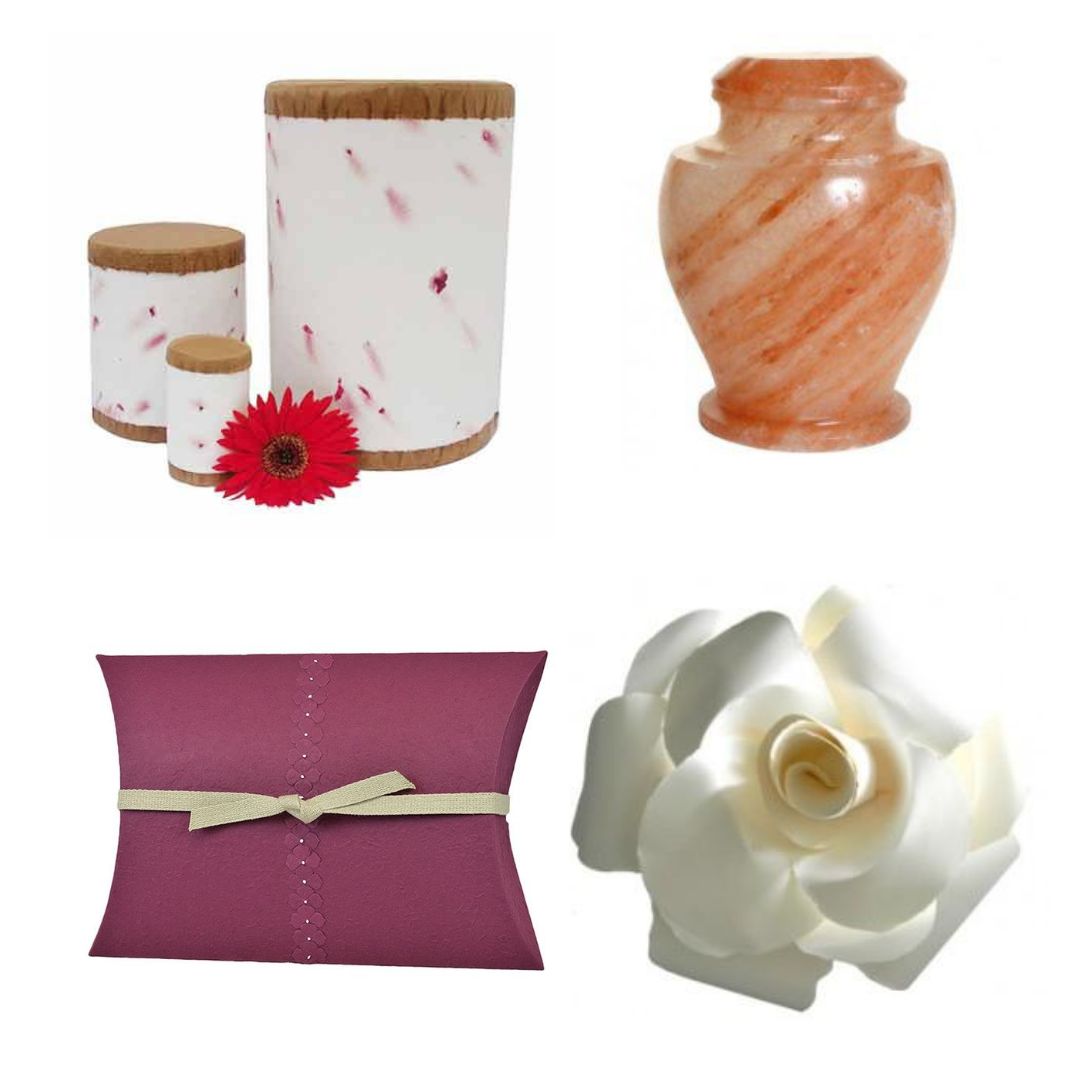
How to Clean/Maintain an Urn
It’s true that most people don’t choose an urn thinking about how they are going to take care of it for the next 20 years. And yet, since most urns are designed to last at least that long, cleaning and maintenance is an important consideration. People don’t want to end up with an urn that looks beautiful at first but wears down or collects dust to the point that they no longer recognize it. Tailoring their choices to their plans for the urn and their own cleaning preferences will give them the best investment over time.
1. Choose an Appropriate Material
Besides needing to select a material based on the urn’s placement, people should be absolutely sure they are willing to commit to a maintenance regimen. Buying an urn is not unlike buying any other valuable piece of furniture, jewelry or decoration. It requires care to remain in good condition for a long period of time.
This means that people with minimal time or interest in cleaning may want to choose a material that is easy to wipe clean periodically. Ornate designs cut into the urn have an interesting look, but they can collect dust which may need careful attention at least a few times a year. People who want a statement piece or something that they are delighted to show can go for the trickier materials, like silver.
2. Give Urns a Proper Placement
The thing about placing cremation urns is that people may not have a final spot in mind to put them. This is particularly true for families who lost a loved one unexpectedly. And yet, choosing the right final placement for the urn is important for its durability and long-term condition. Urns made of wood, glass or ceramic must be kept inside. Those made of metal or stone could be inside or outside. Wherever people decide to put it, it should be a place of respect and care. This will help to ensure that it does not get lost or forgotten.
As a general rule, the biggest threat to an urn’s condition is dust and environmental conditions. Keeping an urn outside in extremely cold or hot weather may cause it to weather or crack, depending on the material. Even natural stone will wear around the edges, although that may take decades.
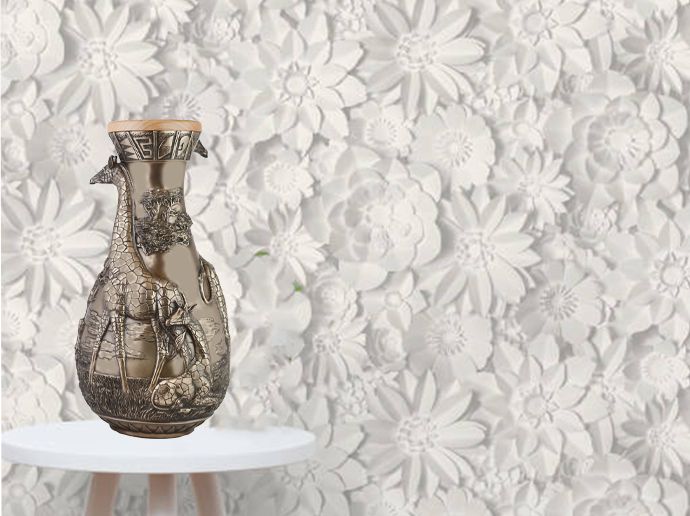
3. Use Appropriate Cleaning Solutions
The best way to clean an urn depends on its material and where it is placed. Urns that are kept at home in a generally safe place may only need periodic dusting. Wiping the surface once every few months can help to minimize dust buildup and keep engravings and other designs easily visible. Most materials can handle a soft, lightly damp cloth to remove spots or stains. Some, like wood or silver, might need a bit of polish or a special cloth to prevent damage.
Urns that are kept outside or in a columbarium may have more need to prevent wear or debris buildup. They generally don’t require a hard scrubbing with a brush and soap, and this could damage them. In most cases, wiping with a wet cloth and mild detergent will be sufficient. People should not wipe a hand-painted surface with something wet, however. It may strip off some of the paint.
Upgrading an Urn
Upgrading an urn isn’t something that most people think about when they make plans for their own final remains. After all, most people are considering what they would want in the immediate months or years after their passing. Similarly, families might not wonder what will happen to the urn after it passes out of the possession of the person who receives it first. This means that over time, people may have to make some decisions about what to do with the urn or the remains inside.
People might choose to upgrade an urn for a variety of reasons. Keeping a loved one’s remains in the home doesn’t necessarily demand a permanent placement. Just as someone may go to a cemetery to leave flowers or small trinkets at a headstone, they may choose to create a unique design featuring an urn in their homes. They may also simply need to replace it over time. For example, if a wood or metal urn is put in a spot with bright sunlight for many years, it could fade or warp. This may require its replacement. Families can look on it as an opportunity to find something similar, or a design that is new and conjures different memories of their loved ones.
How Long Does an Urn Last?
With good care, urns will typically last for decades. There are a handful of exceptions, particularly for biodegradable urns. With the right placement, people can generally expect this kind of longevity:
- Stone: Centuries
- Metal: Decades to Centuries
- Wood: Decades
- Ceramic: Decades
- Glass: Years
- Paper: Months before burial on land or water
The durability of these materials means that people may want to develop a plan for what will happen to the remains after they die. For example, a person who keeps their spouse’s remains may want to choose one of their children to take the urn when they pass on, or consider dividing the remains among their children.
Keepsakes and Cremation Jewelry
As cremation becomes the more traditional option for families, the decision of what to do with the remains will become an increasingly family affair. This means that people may have to decide who gets to keep the ashes, or how they will divide them. The good news is that keepsake urns exist to solve this problem. With these and other types like cremation jewelry, families can ensure that everyone who wants to have a portion of the remains can have them.
Keepsake urns come in a variety of materials and styles. They tend to be much smaller, which means they hold only a small portion of one person’s remains. People should take care to research the capacity of any given keepsake urn, because there is no standard size. The dimensions of the container may not be an effective indicator. Some keepsake urns will only hold a pinch of ashes, while others may hold up to one cup.
An urn is a person’s final resting place. It can also be a source of stress for families if they don’t buy the right one. Shopping for urns tends to happen at a time of grief, but it can still be a good opportunity to get something that works now and in the future. By considering the materials, size, placement and maintenance, families may be able to select an urn that is ideal for their needs and built to last as long as their love.
